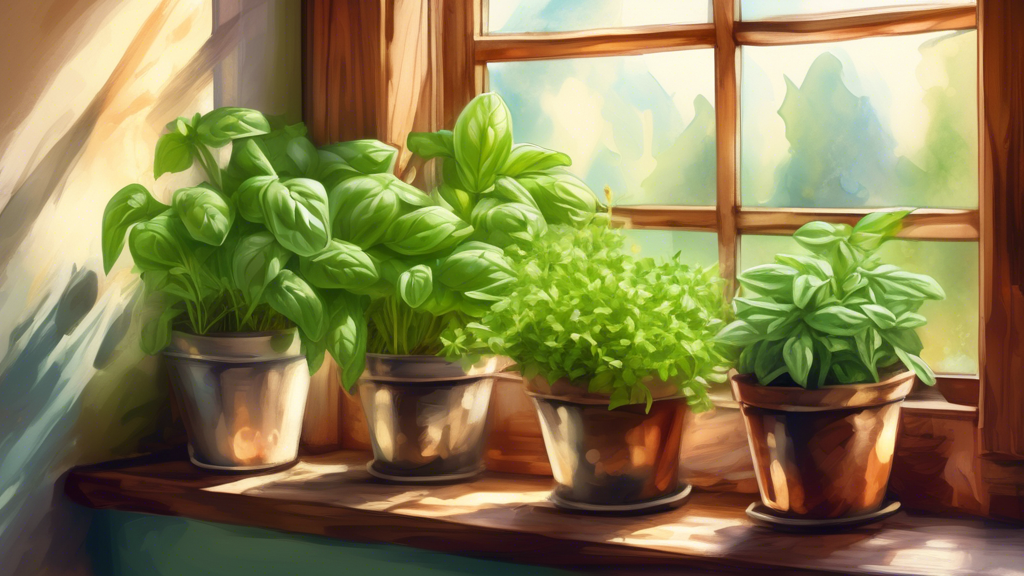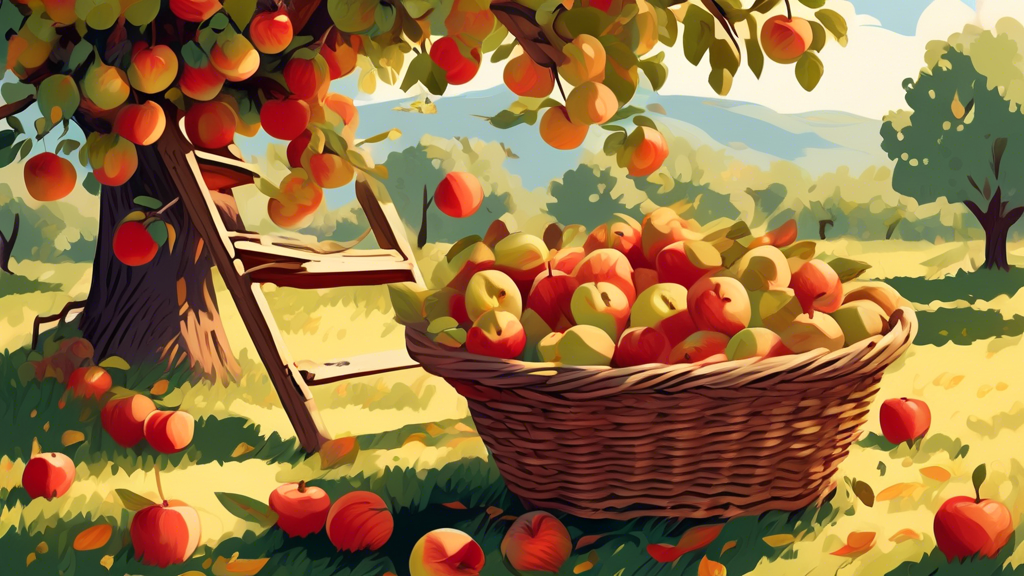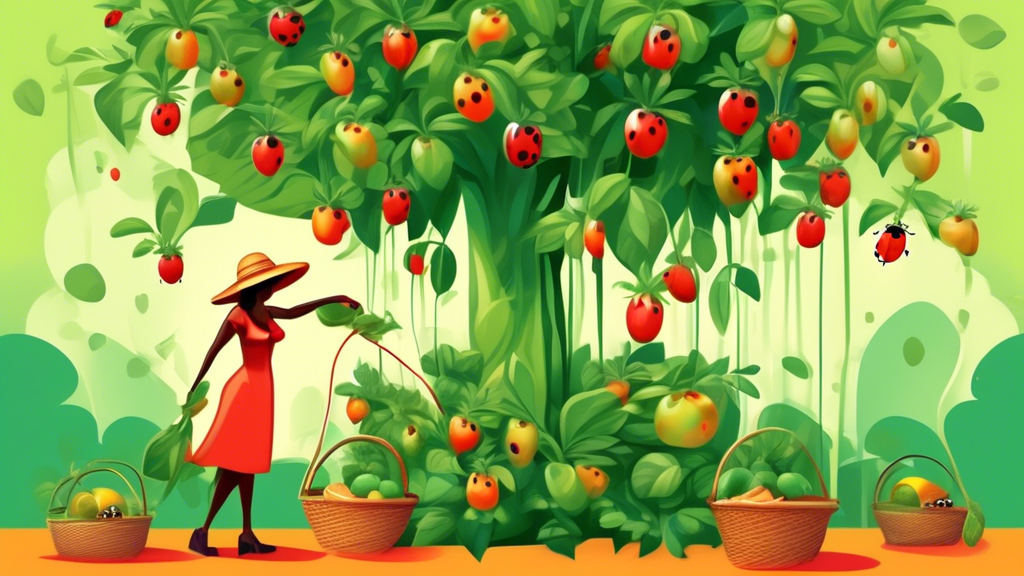
Why Grow Your Own Culinary Herbs?
The Unbeatable Flavor of Fresh vs. Dried
Have you ever followed a recipe calling for fresh basil, only to find your dried jar produces a dusty, muted version of the flavor you were promised? This is a common frustration. The essential oils that give herbs their vibrant character and aroma are volatile and degrade significantly during the drying process.
Let’s compare a few staples:
| Herb | Fresh Flavor Profile | Dried Flavor Profile |
|---|---|---|
| Basil | Sweet, peppery, intensely aromatic with hints of mint and anise. | Muted, hay-like, with a fraction of the aroma; can become bitter. |
| Oregano | Pungent, earthy, slightly bitter, and complex. | More concentrated bitterness, but loses its nuanced, aromatic punch. |
| Parsley | Bright, clean, and grassy with a fresh “green” taste. | Little to no flavor, often used more for color than taste. |
Convenience and Cost-Effectiveness at Your Fingertips
It’s a scenario many home cooks know too well: you buy a expensive plastic clamshell of fresh herbs for one specific recipe, use a few sprigs, and watch the rest turn into a slimy mess in your refrigerator drawer a few days later. This is not only wasteful but also adds up financially over time. Having a plant just outside your door means you can snip exactly what you need, when you need it, for a one-time investment of a few dollars per plant.
The Joy and Satisfaction of Garden-to-Table Cooking
In a world of pre-packaged foods, growing your own ingredients provides a powerful and rewarding connection to what you eat. The simple act of walking into your garden, brushing your hands against the leaves to release their scent, and harvesting a handful of herbs you nurtured from a tiny seedling adds a layer of depth and satisfaction to cooking that can’t be bought.
The Essential List of Top Culinary Herbs to Grow in Your Garden
The Hardy Perennials (Come Back Year After Year)
These herbs are the workhorses of the garden, returning each spring with minimal effort, making them fantastic long-term investments.
- Rosemary: This drought-tolerant, woody shrub is perfect for roasting meats and potatoes. Its resilient nature makes it great for beginner gardeners.
- Thyme: A low-growing, mat-forming herb that is incredibly versatile. Its tiny leaves pack a punch in soups, stews, and roasted dishes.
- Sage: With its soft, velvety leaves, sage is essential for holiday poultry, brown butter sauces, and hearty bean dishes.
- Oregano: The robust backbone of Italian and Mediterranean cuisine. It’s a vigorous grower that thrives with minimal care.
- Mint: Refreshing and perfect for drinks, desserts, and savory dishes. Warning: Plant mint in a container to control its aggressively spreading roots, or it will take over your garden.
The Annual Powerhouses (Plant Each Spring)
These herbs complete their life cycle in one growing season but are so essential they are worth replanting every year.
- Basil: The king of summer herbs. From classic Genovese for pesto to spicy Thai basil for stir-fries, no summer garden is complete without it.
- Cilantro: Provides a bright, citrusy note to salsas and Asian dishes. It grows quickly but is also quick to “bolt” (produce flowers and seeds) in the heat, at which point the leaves become bitter.
- Dill: Its feathery fronds are iconic for pickling, fish dishes, and potato salads. It also produces dill seeds for spice.
- Parsley: Far more than a garnish! Flat-leaf (Italian) parsley has a stronger flavor for cooking, while curly parsley is great for texture and garnish.
The Unique & Flavorful Additions
Once you’ve mastered the basics, these herbs can elevate your cooking to the next level.
- French Tarragon: Offers a subtle, sophisticated anise-like flavor that is classic in French sauces like Béarnaise and wonderful with chicken and fish.
- Lemon Balm: As the name suggests, this herb has a bright, cheerful lemon scent and flavor, perfect for infusing in teas, cocktails, and desserts.
- Chives: Provide a mild, oniony flavor to salads, baked potatoes, and omelets. Don’t forget the beautiful, edible purple flowers, which make a stunning salad garnish.
Planning and Planting Your Herb Garden for Success
Sun, Soil, and Space: The Golden Rules
One of the biggest reasons herb gardens fail is due to improper basic care. Most culinary herbs hail from the Mediterranean region and share a few key requirements.
- Sun: The vast majority of herbs need a minimum of 6 hours of direct sunlight per day. Without it, they become leggy, weak, and lack flavor.
- Soil: Well-draining soil is non-negotiable. Herbs despise “wet feet.” Amend heavy clay soil with compost or sand, or opt for raised beds or containers.
- Water: Water deeply but infrequently, allowing the soil to dry out somewhat between waterings.
| Full Sun (6+ hours) | Partial Sun/Shade (3-6 hours) |
|---|---|
| Rosemary, Thyme, Oregano, Sage, Basil | Mint, Parsley, Chives, Lemon Balm |
In-Ground, Raised Beds, or Containers?
You don’t need a large plot of land to grow a successful herb garden.
- In-Ground: Best if you have good, well-draining soil. It’s low-cost and low-maintenance for established perennial herbs.
- Raised Beds: Excellent for controlling soil quality and drainage. Easier on your back for weeding and harvesting.
- Containers: The ultimate solution for small spaces like patios and balconies. Offers maximum control over soil and water. Essential for containing aggressive growers like mint.
A Unique Tip: Boost Flavor by “Stressing” Your Herbs
The Secret to More Potent Oils
Here’s a pro tip you won’t find on every seed packet: To maximize the flavor of your Mediterranean herbs (like rosemary, thyme, and oregano), try slightly “stressing” them. This doesn’t mean neglecting them to the point of death, but rather mimicking the harsh, arid conditions of their native habitat. By allowing the soil to dry out more thoroughly between waterings and avoiding rich, high-nitrogen fertilizers, you encourage the plant to produce a higher concentration of the essential oils that give it flavor and aroma. The result is a more intense, complex, and robust herb that will make your dishes sing.
Harvesting and Preserving Your Bounty
How and When to Harvest for the Best Flavor
Harvesting correctly encourages bushier growth and ensures the best taste.
- Timing: The ideal time to harvest is in the morning, after the dew has evaporated but before the midday sun is at its peak. This is when the essential oil content is highest.
- Method: For leafy herbs like basil and mint, always pinch or cut just above a set of leaves. This encourages the plant to branch out and become fuller. For woody herbs like rosemary and thyme, use sharp scissors to snip sprigs.
- Prevent Bolting: Regularly harvest herbs like basil and cilantro to delay “bolting” (flowering), as the leaves often become bitter once the plant flowers.
Simple Methods for Preserving Your Herbs
Don’t let your hard work go to waste at the end of the season.
- Freezing: Chop herbs and freeze them in ice cube trays with water or olive oil. This method preserves the fresh flavor beautifully for cooked dishes.
- Drying: Bundle herbs and hang them upside down in a warm, dry, dark place with good air circulation. You can also use a dehydrator. Best for woody herbs like rosemary, thyme, and oregano.
- Herb-Infused Salts or Vinegars: Layer coarse salt with chopped herbs in a jar, or stuff fresh herbs into a bottle of vinegar for a flavorful culinary gift.
Frequently Asked Questions (FAQs) About Growing Culinary Herbs
What are the absolute easiest herbs for a beginner to grow?
If you’re just starting, focus on these forgiving and low-maintenance herbs: Mint (in a container!), Basil, Chives, and Rosemary. They are resilient, grow quickly, and are very hard to kill with a little basic care.
Can I grow these herbs indoors on a windowsill?
Yes, you can! The key is providing enough light. A very sunny, south-facing window is essential. Herbs that tend to do best indoors include Mint, Chives, Parsley, and Rosemary. Basil and Cilantro can be grown indoors but will require the most light and may not become as large and robust as their outdoor counterparts.
My basil is flowering. What should I do?
Pinch off the flower buds immediately! When basil starts to flower (a process called “bolting”), it signals the plant to stop producing leaves and focus its energy on making seeds. This changes the flavor of the leaves, often making them bitter. By consistently pinching off the flowers, you encourage the plant to keep producing tasty leaves for much longer.
How often should I water my herb garden?
There is no one-size-fits-all answer, as it depends on the herb, weather, and whether it’s in a pot or the ground. The most reliable method is the “finger test.” Stick your finger about an inch into the soil. If it feels dry at that depth, it’s time to water. If it feels moist, wait another day. Remember, most herbs prefer to be on the drier side rather than constantly wet.






